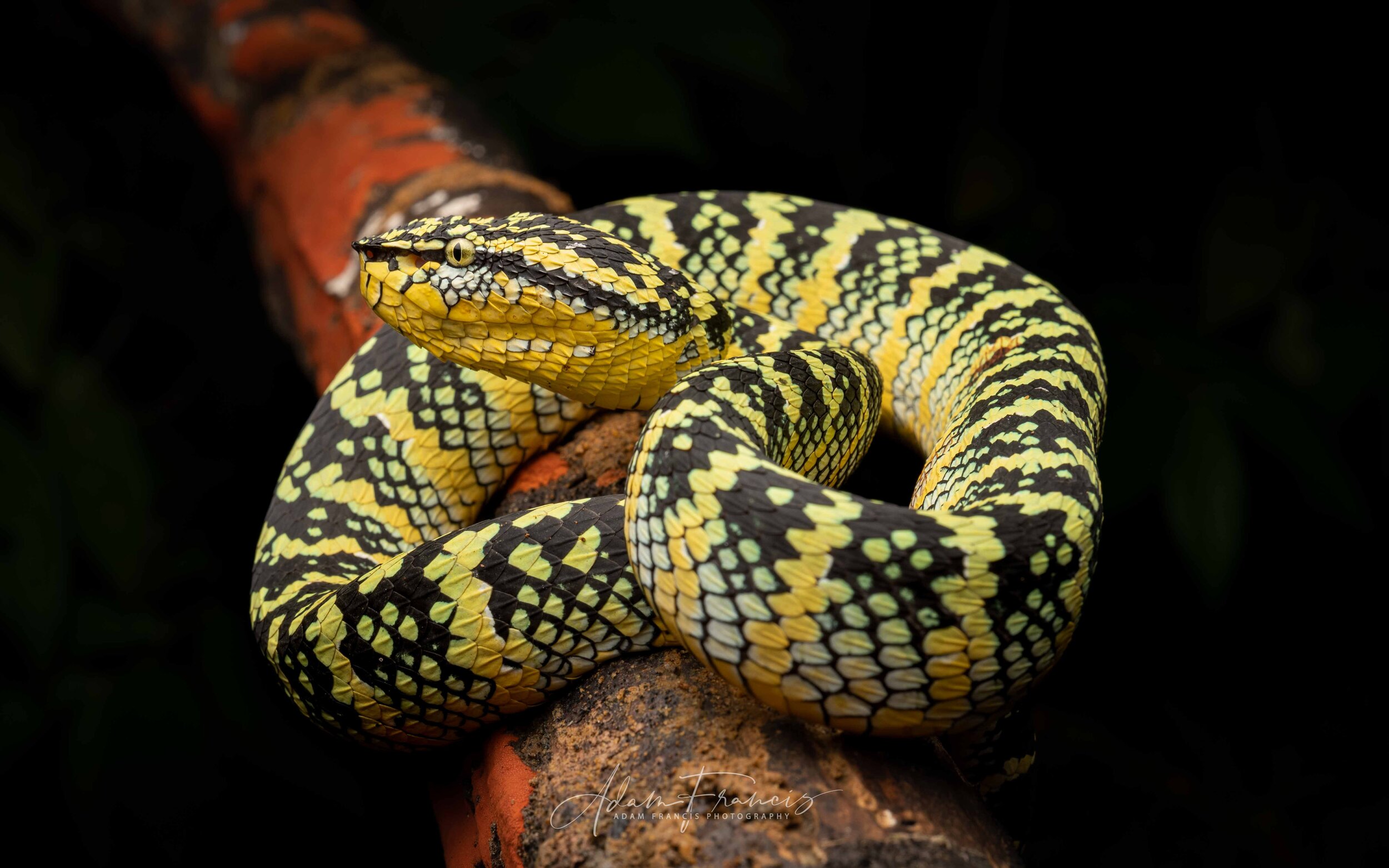In the complex world of predator-prey relationships, there exists a remarkable exception that defies conventional understanding of reptilian behavior. While most snakes are known as efficient predators that consume birds, rodents, and other small animals, there is one extraordinary species that has evolved to coexist peacefully with potential prey. The Dasypeltis, commonly known as the egg-eating snake, represents a fascinating case study in evolutionary specialization and ecological niche development. Unlike its carnivorous relatives, this unique serpent has developed a diet and lifestyle that allows it to thrive alongside birds and mice without posing a threat to their existence. This peaceful cohabitation challenges our understanding of natural predatory dynamics and offers valuable insights into the diverse adaptations that can emerge through evolutionary processes.
The Remarkable Egg-Eating Snake: A Dietary Specialist
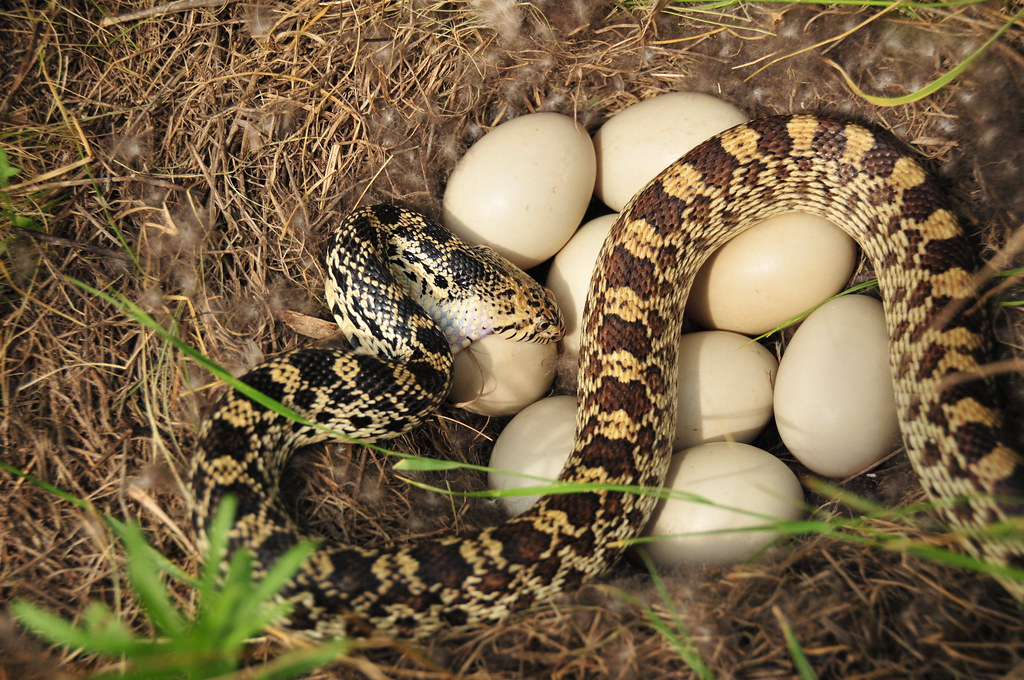
The egg-eating snake (genus Dasypeltis) stands out in the reptile world as a true dietary specialist that poses no threat to adult birds or mice. Native to Africa and parts of the Arabian Peninsula, these slender serpents have evolved to subsist exclusively on a diet of bird eggs, completely bypassing the need to hunt living prey. Their specialized diet represents one of nature’s most remarkable evolutionary adaptations, allowing them to occupy a unique ecological niche. Unlike most snakes that require meat to survive, egg-eaters have developed physical adaptations specifically designed for consuming eggs while leaving the egg-laying species themselves unharmed. This dietary specialization is so complete that adult egg-eating snakes are physically incapable of killing or consuming birds or mammals of any kind.
Anatomical Adaptations That Enable Peaceful Coexistence
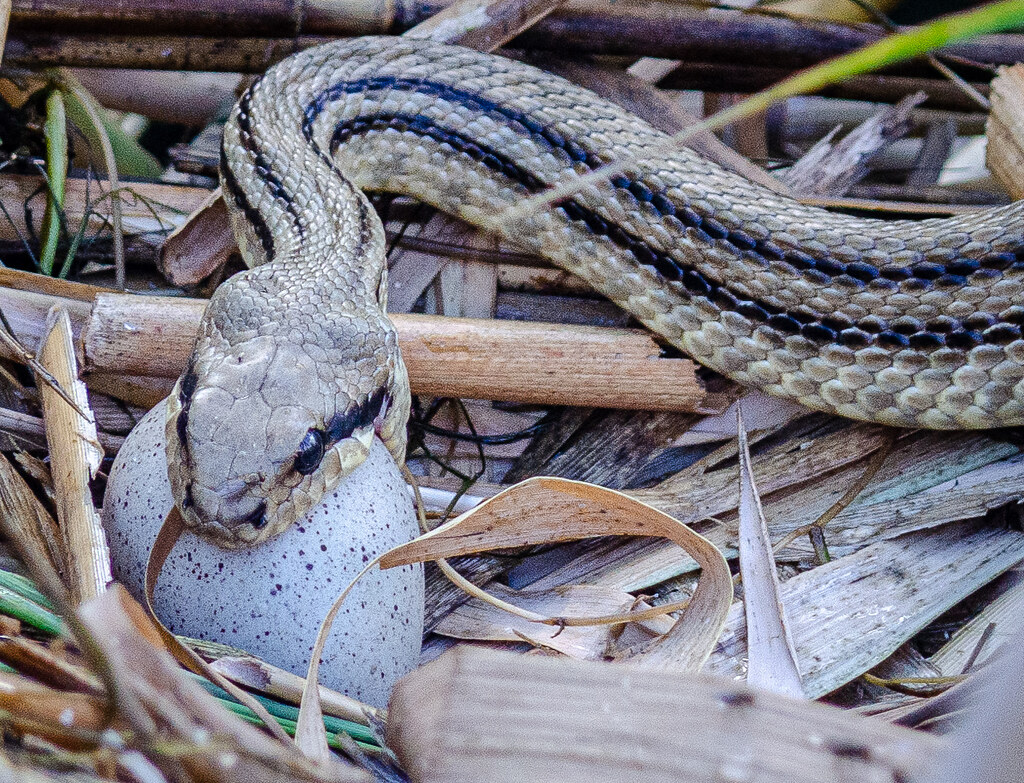
The egg-eating snake possesses a suite of remarkable anatomical adaptations that enable its specialized diet and peaceful lifestyle. Most notably, these snakes have virtually no teeth, presenting only tiny, vestigial teeth at the rear of their mouths that serve no functional purpose in feeding. Instead of traditional dental structures, they’ve developed specialized vertebral processes called hypapophyses that project into the esophagus, functioning as internal “egg teeth” that crack eggs after they’ve been swallowed whole. Their lower jaw can unhinge to a remarkable degree, allowing them to consume eggs several times larger than their head diameter. Additionally, their bodies can dramatically expand due to specialized elastic skin and widely spaced ribs, accommodating the temporary bulge of an intact egg as it moves through their digestive tract. These adaptations collectively eliminate any need to prey on living animals.
The Evolutionary Development of Non-Predatory Behavior
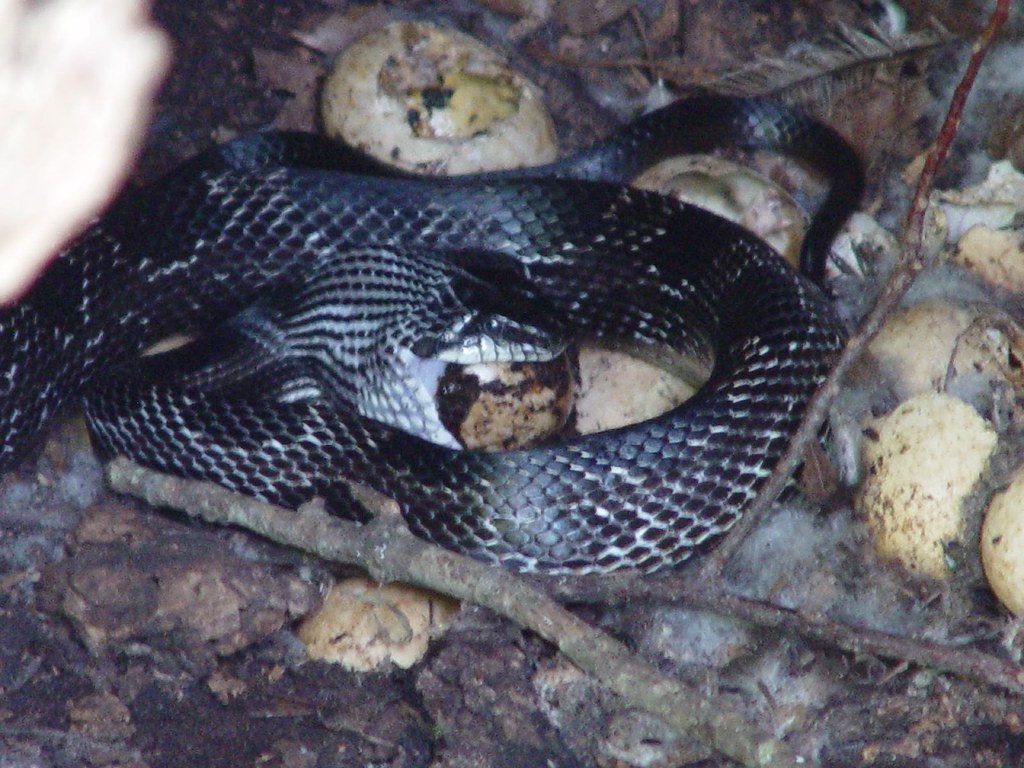
The evolution of the egg-eating snake’s peaceful nature represents a fascinating case of divergent natural selection. Scientists believe that ancestral members of this genus likely began as conventional predators before gradually specializing in egg consumption, possibly to exploit an abundant food source with less competition. Over millions of years, natural selection favored individuals with adaptations that improved their ability to locate, consume, and digest eggs, while simultaneously reducing traits useful for killing live prey. This evolutionary pathway has resulted in a snake that exhibits radically different feeding behaviors from most other serpents, focusing on stealth and egg manipulation rather than pursuit and constriction. The evolutionary development of this non-predatory lifestyle demonstrates how specialized feeding strategies can lead to peaceful coexistence between species that would typically exist in a predator-prey relationship.
Feeding Behaviors That Preserve Ecological Harmony
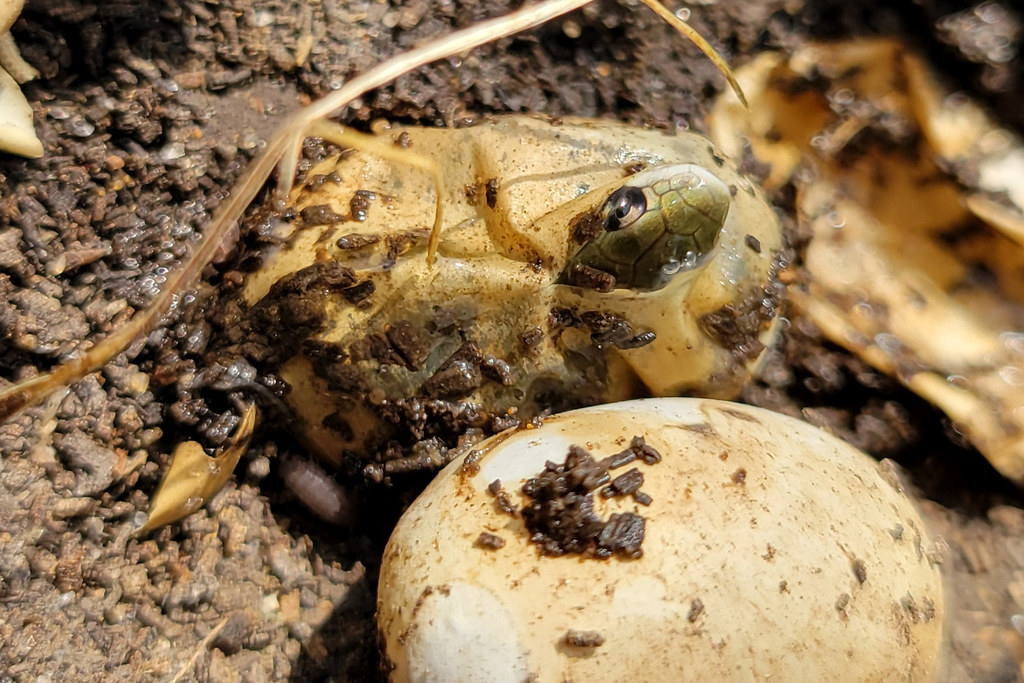
The feeding behavior of egg-eating snakes contributes significantly to their harmonious relationship with birds and mice. These specialized serpents typically feed at night, silently ascending trees or entering burrows to access nests while adult birds or rodents are absent or sleeping. After consuming an egg, the snake uses its specialized vertebral projections to crack the shell, extracting all nutritional content before regurgitating the compressed, intact shell—leaving minimal evidence of its visit. This discrete feeding approach minimizes disturbance to nesting birds and reduces the likelihood of nest abandonment. Furthermore, egg-eaters typically take only one or two eggs from a clutch rather than consuming entire nests, allowing the parent birds to successfully raise some offspring despite the predation. This measured approach to feeding helps maintain stable bird populations while still providing sufficient nourishment for the snakes.
Non-threatening Physical Characteristics
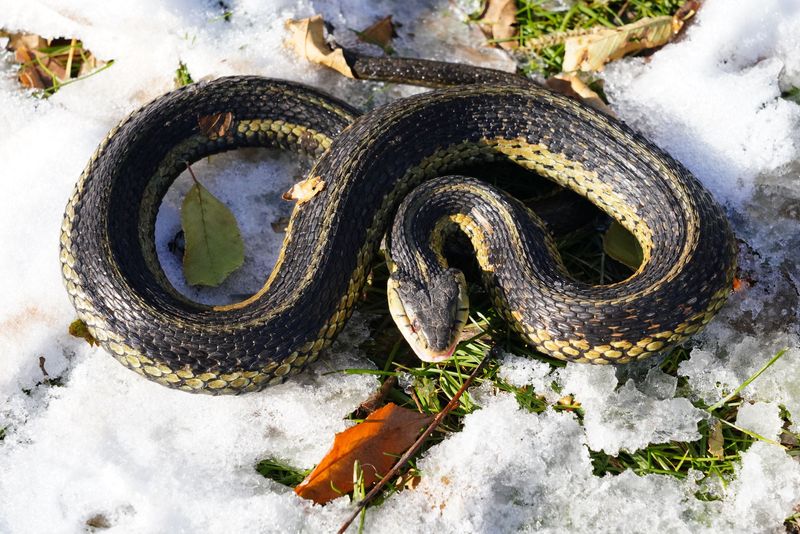
Beyond their specialized diet, egg-eating snakes possess physical characteristics that render them harmless to birds and mammals. These slender serpents typically measure between 30 and 100 centimeters in length, with a remarkably thin body that lacks the muscular bulk needed for constricting prey. They possess no venom glands or fangs, as their evolutionary path eliminated the need for prey immobilization systems. Their jaws, while capable of extraordinary stretching to accommodate eggs, lack the strength and structure needed to capture and subdue struggling prey. Even their coloration—typically a mottled brown pattern that provides excellent camouflage among tree branches and forest floors—evolved primarily for predator avoidance rather than ambush capabilities. This combination of physical traits means that even if an egg-eating snake encounters an adult bird or mouse, it lacks both the physical capability and behavioral instinct to pose any threat.
Defensive Behaviors Rather Than Aggression

When threatened, egg-eating snakes display a fascinating array of defensive behaviors that focus on intimidation rather than actual attack. One of their most distinctive defense mechanisms involves rubbing specialized scales together to produce a convincing hissing sound that mimics more dangerous snake species. They may also flatten their heads to appear more triangular and viper-like, despite being completely harmless. When handling is attempted, they rarely bite—and if they do, their nearly toothless mouths cause no significant harm. Some species will dramatically inflate their bodies to appear larger or play dead when severely threatened. These bluffing behaviors exemplify how the egg-eating snake has evolved to survive through deception rather than aggression, further reinforcing their non-threatening nature to the animals with which they share habitats.
Ecological Interactions with Nesting Birds
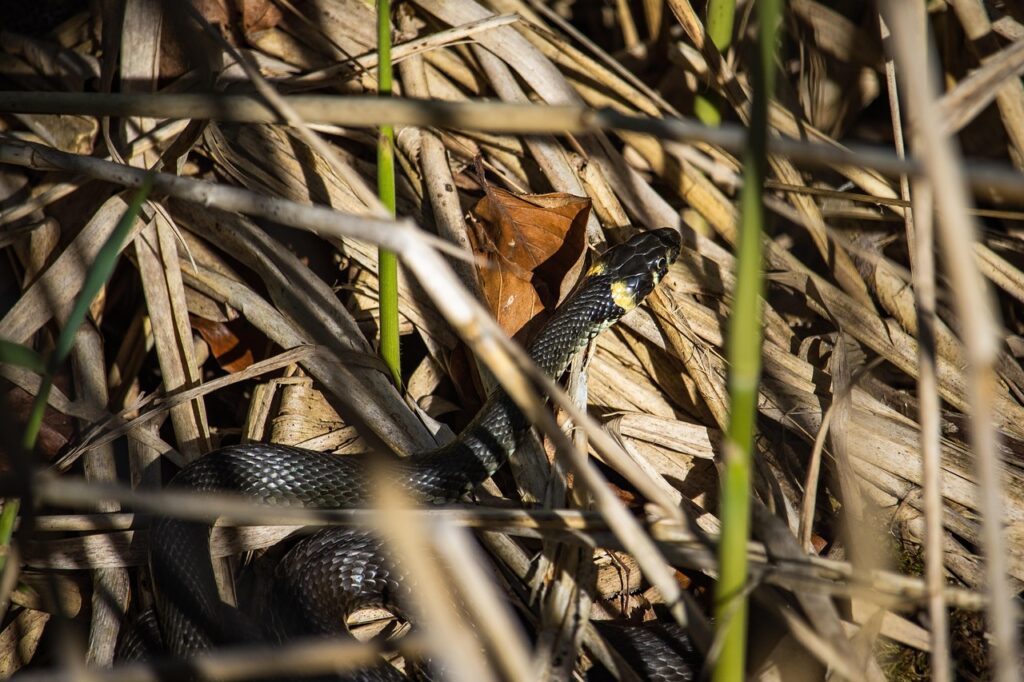
The relationship between egg-eating snakes and nesting birds represents a fascinating ecological balancing act. While the snakes do consume eggs and thus impact bird reproductive success, their predation is typically moderate enough to avoid threatening overall bird population viability. Some bird species have evolved counter-adaptations to protect their eggs, including nest placement in locations difficult for snakes to access, increased vigilance during nesting periods, or aggressive defensive behaviors when snakes are detected. Interestingly, some research suggests that egg-eating snakes may preferentially target the eggs of more abundant bird species, inadvertently helping to maintain avian biodiversity by preventing any single species from becoming overly dominant. Adult birds and egg-eating snakes can often be observed in close proximity without the alarm responses that would typically occur in the presence of predatory snake species, suggesting a form of ecological accommodation has evolved between them.
Habitat Sharing with Rodents
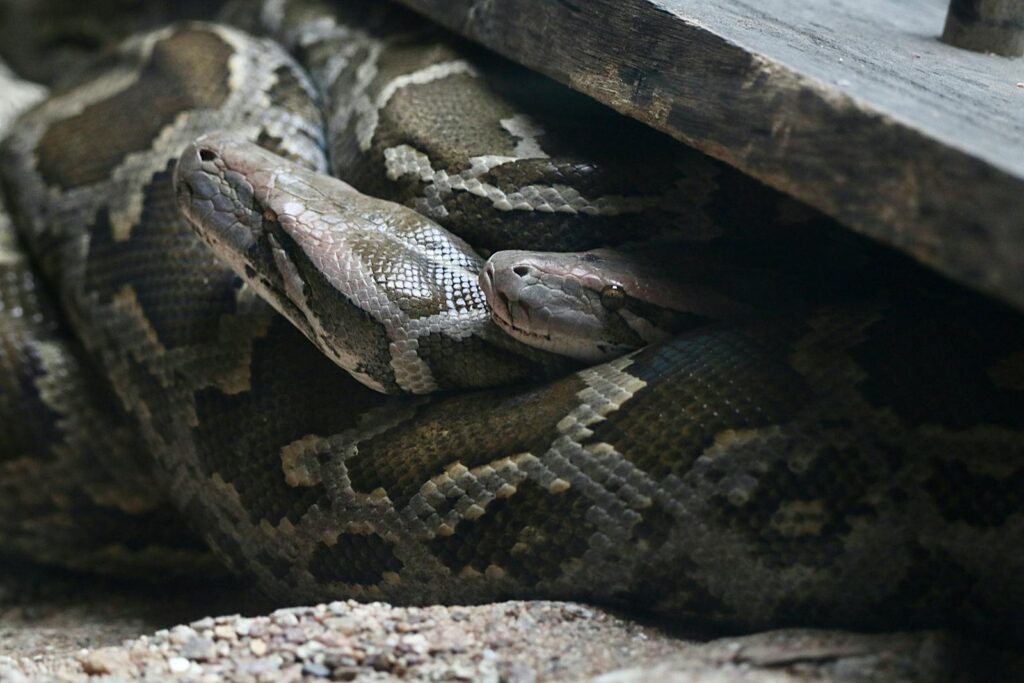
The peaceful coexistence of egg-eating snakes with mice and other rodents presents an even more straightforward case of non-antagonistic relationship. Since egg-eating snakes lack both the physical capability and behavioral instinct to prey on mammals, they pose absolutely no threat to rodent populations in their shared habitats. Both animals can occupy the same burrows, hollow logs, or rock crevices without direct competition, as their diets and activities rarely overlap. In some ecosystems, this relationship even demonstrates a form of commensalism, as the snake may benefit from rodent burrow systems that provide shelter and potential access to ground-nesting bird eggs, while the rodents remain unaffected by the snake’s presence. Researchers studying these interactions have observed that mice show significantly reduced stress and avoidance behaviors around egg-eating snakes compared to their reactions to other snake species, suggesting they can somehow distinguish between threatening and non-threatening serpents.
Conservation Implications of This Peaceful Coexistence
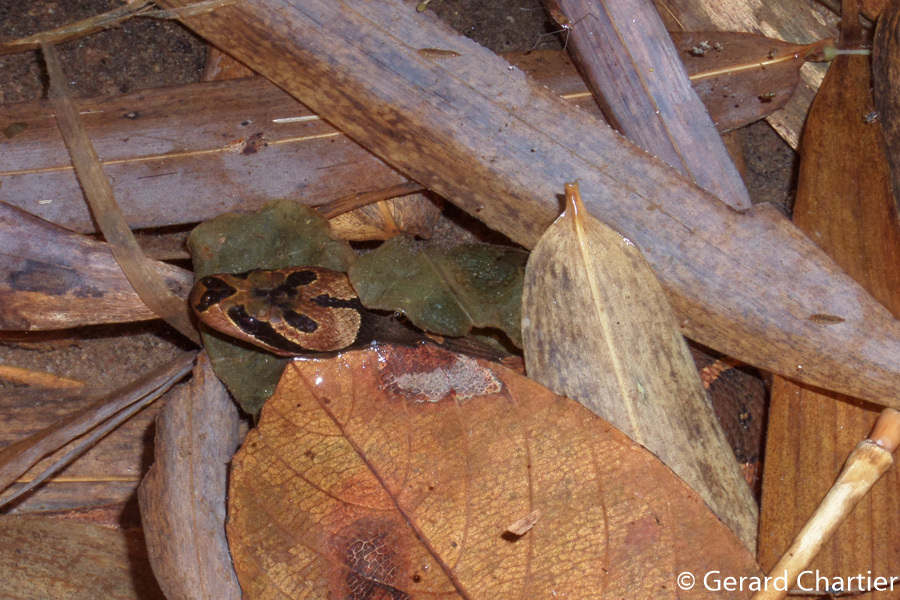
The unique ecological position of egg-eating snakes has important conservation implications in today’s rapidly changing world. As specialists with a highly restricted diet, these snakes are particularly vulnerable to habitat changes that affect bird nesting success or egg availability. Deforestation, agricultural expansion, and climate change that disrupt bird breeding cycles directly impact the viability of egg-eating snake populations. Conservation efforts aimed at protecting bird diversity indirectly benefit these specialized serpents as well. Conversely, the presence of healthy egg-eating snake populations can serve as an indicator of functioning ecosystem dynamics and robust bird communities. Conservationists increasingly recognize the importance of preserving not only individual species but also the complex ecological relationships between them, making the unusual peaceful dynamic between egg-eating snakes, birds, and rodents a valuable model for understanding specialized ecological niches.
Cultural Perceptions and Human Interactions
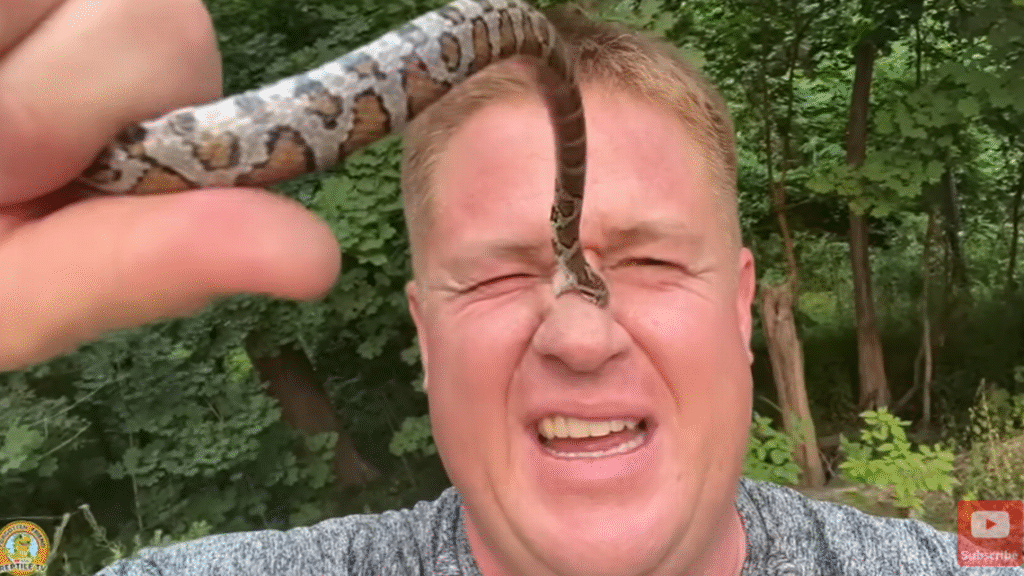
The non-aggressive nature of egg-eating snakes has influenced how human cultures perceive and interact with these unique reptiles. In many African communities where these snakes are native, they are often viewed more favorably than other snake species precisely because they pose no threat to humans, livestock, or adult poultry. Some traditional knowledge systems recognize their specialized diet and distinguish them from dangerous serpents. Among reptile enthusiasts and exotic pet keepers, egg-eating snakes have gained popularity specifically because of their gentle disposition and inability to harm humans or other pets. However, their specialized dietary requirements make them challenging to maintain in captivity, as they often refuse artificial food items and require a steady supply of appropriately sized bird eggs. Conservation education programs frequently highlight egg-eating snakes as examples of the remarkable diversity of snake adaptations, helping to counter widespread ophidiophobia (fear of snakes) by showcasing this harmless, specialized species.
Research Challenges and Knowledge Gaps
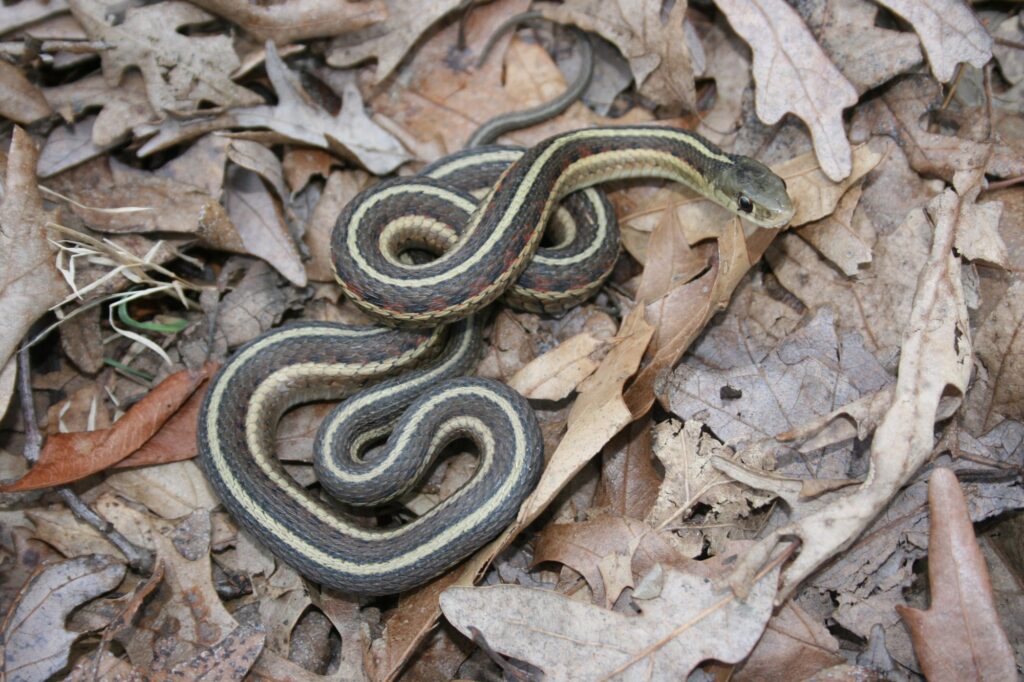
Despite their fascinating ecological role, egg-eating snakes remain relatively understudied compared to many other reptile species. Their secretive, nocturnal habits and often remote habitats make field observation challenging, leading to significant knowledge gaps regarding their population dynamics, social behaviors, and ecological impacts. Researchers face particular difficulties in quantifying exactly how many eggs these snakes consume in natural settings and how this predation affects bird population dynamics over time. The specialized digestive processes that allow these snakes to extract nutrients from eggs while regurgitating intact shells presents intriguing questions about their metabolic efficiency and nutritional requirements that have yet to be fully answered. Climate change poses additional research challenges, as scientists work to understand how alterations in bird breeding seasons might affect the synchronization between egg availability and snake feeding cycles, potentially disrupting their carefully evolved ecological balance.
Future Prospects for This Unique Ecological Relationship
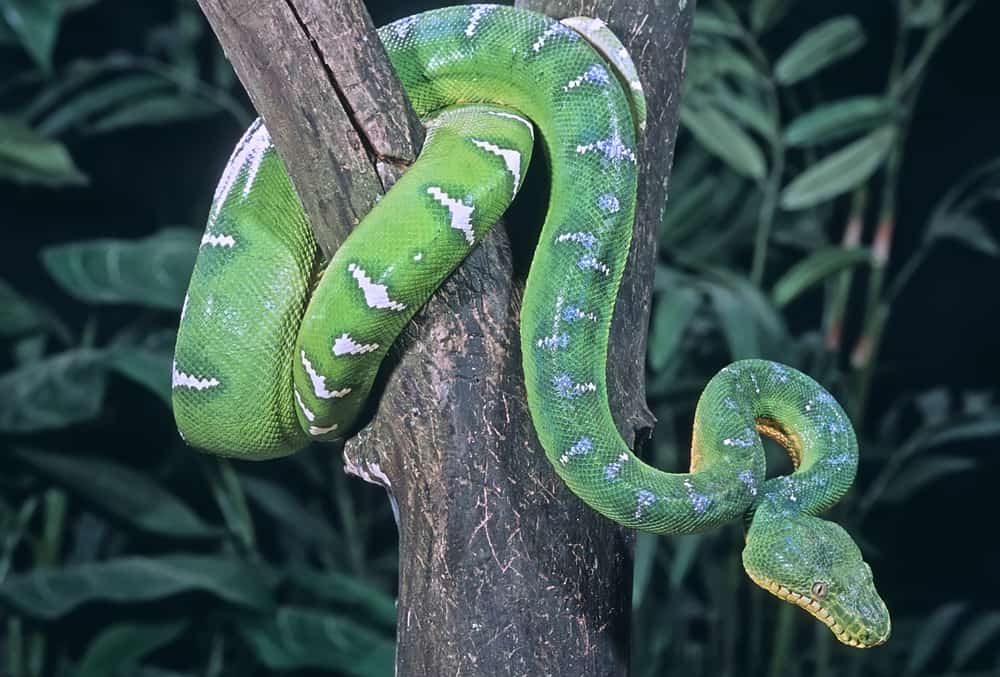
The future of the peaceful relationship between egg-eating snakes and their bird and rodent neighbors faces both challenges and opportunities in our changing world. Habitat preservation remains the most critical factor in ensuring the continuation of this unique ecological dynamic, particularly protecting diverse forest ecosystems where birds can nest successfully. Climate change presents perhaps the most significant unknown variable, as shifts in temperature and precipitation patterns could disrupt the timing of bird breeding seasons relative to snake activity cycles. More optimistically, increasing scientific interest in specialized predator-prey relationships may lead to better understanding and more targeted conservation efforts for these remarkable snakes. Educational initiatives that highlight unusual ecological adaptations like those of the egg-eating snake can foster greater public appreciation for biodiversity and ecological complexity. With appropriate conservation attention, this extraordinary example of evolutionary specialization leading to peaceful coexistence could continue to thrive, offering valuable insights into the remarkable adaptability of species and the unexpected pathways that evolution can take.
Conclusion
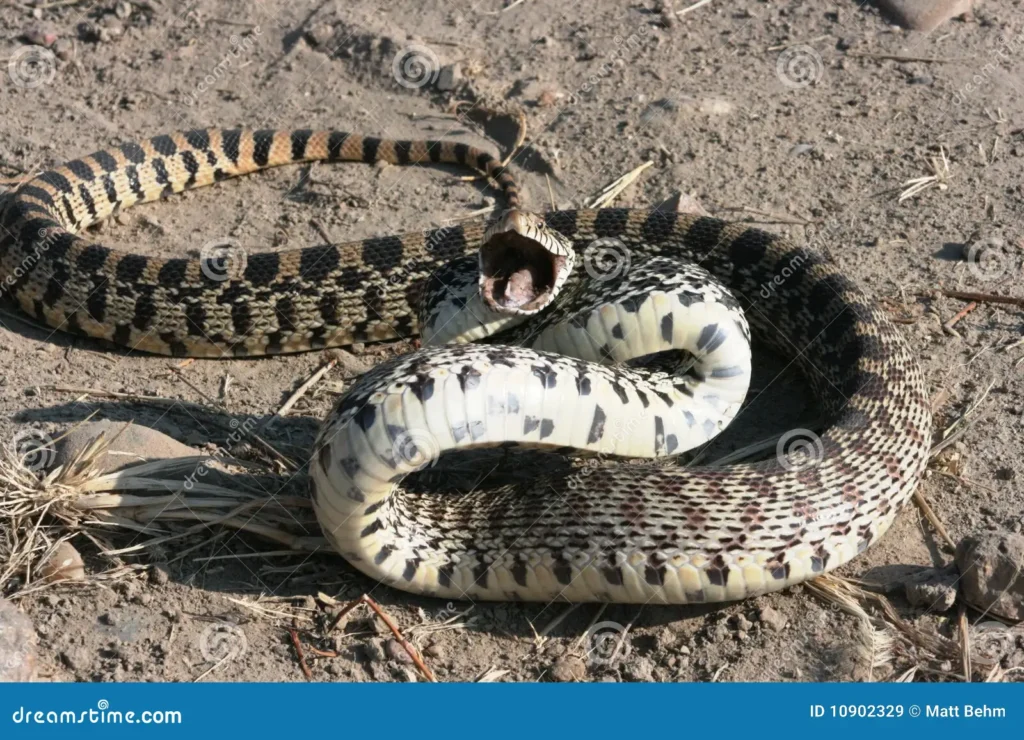
The egg-eating snake represents one of nature’s most elegant examples of how evolutionary specialization can transform a predatory lineage into a peaceful cohabitant. Through remarkable anatomical adaptations and behavioral modifications, these specialized serpents have carved out a unique ecological niche that allows them to thrive alongside species that would typically be their prey. Their ability to subsist exclusively on eggs while posing no threat to adult birds or mammals challenges our conventional understanding of snake behavior and predator-prey dynamics. As we face unprecedented environmental challenges, the story of the egg-eating snake reminds us of the intricate ecological relationships that develop over evolutionary time and the importance of preserving these unique biological interactions. In the delicate balance of nature, this remarkable reptile stands as a testament to the diverse and sometimes surprising pathways through which species can coexist in relative harmony.

